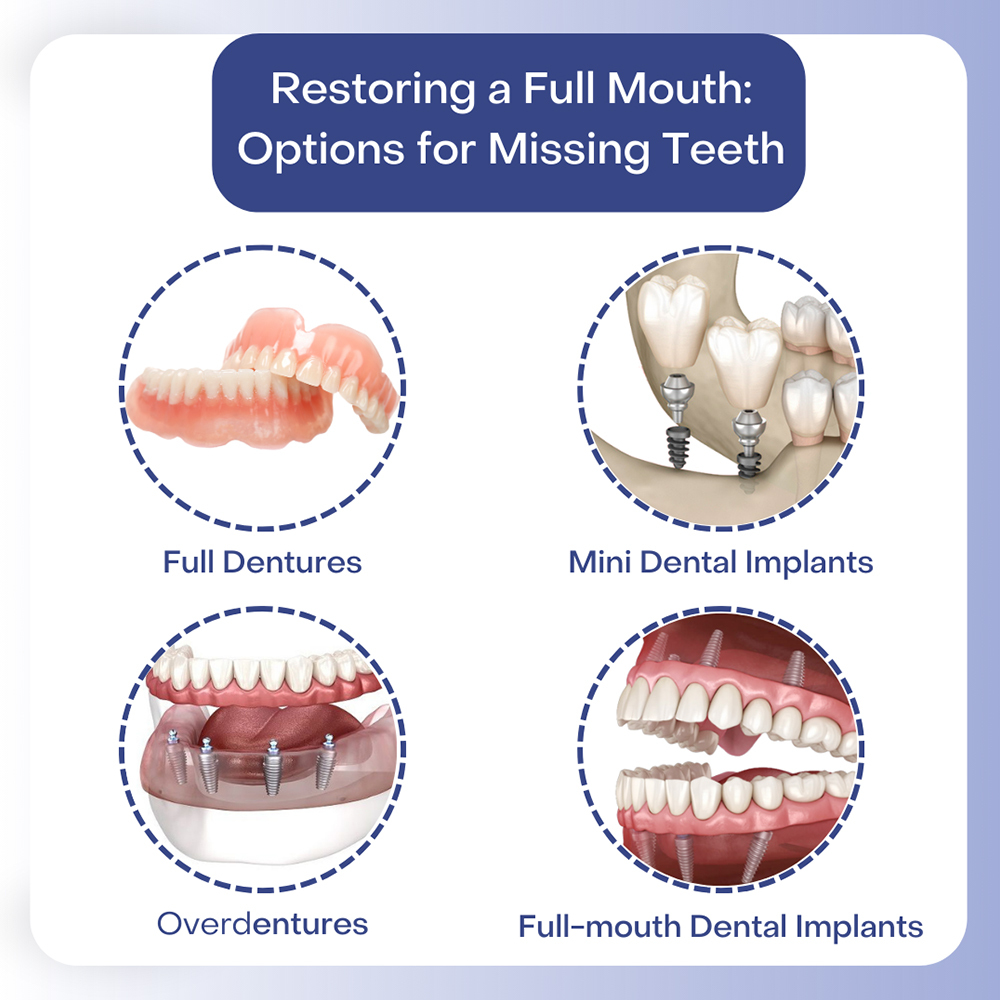The Of Dental Sense
The Of Dental Sense
Blog Article
Dental Sense Things To Know Before You Buy
Table of ContentsSome Known Factual Statements About Dental Sense The Ultimate Guide To Dental SenseAll about Dental SenseThe Only Guide to Dental Sense
are clinical gadgets surgically implanted right into the jaw to restore an individual's capability to eat or their look. They supply assistance for fabricated (fake) teeth, such as crowns, bridges, or dentures. When a tooth is lost because of injury or condition, a person can experience difficulties such as fast bone loss, malfunctioning speech, or modifications to eating patterns that result in discomfort.Dental implant systems include an oral implant body and dental implant joint and might also consist of a joint addiction screw. Dental veneers cost. The dental implant body is surgically put in the jawbone in location of the tooth's root. The oral implant joint is usually connected to the implant body by the abutment addiction screw and expands via gums into the mouth to support the affixed man-made teeth
(https://giphy.com/channel/dentalsense1)Structure of The Oral Implant System selecting oral implants, speak with your oral company concerning the possible benefits and risks, and whether you are a candidate for the procedure. Points to consider: Your total wellness is an essential consider determining whether you are an excellent candidate for dental implants, how long it will require to recover, and how much time the implant might remain in area.
Smoking cigarettes might influence the recovery process and lower the long-lasting success of the implant. The recovery process for the implant body might take a number of months or longer, during which time you usually have a temporary abutment in place of the tooth. the oral implant procedure: Meticulously comply with the dental health guidelines offered to you by your dental provider.
Some Ideas on Dental Sense You Should Know
Implant failure can lead to the requirement for another operation to repair or change the implant system. Restores the ability to eat Restores cosmetic look Aids keep the jawbone from reducing due to bone loss Protects the health and wellness of the surrounding bone and gum tissues Helps keep adjacent (neighboring) teeth steady Improves quality of life Damages to bordering natural teeth during implant placement Injury to the surrounding tissues during surgery, such as sinus opening Injury during surgical procedure (for example, crack of bordering jawbone) Insufficient function, such as seeming like the teeth do not attack with each other usually A feeling that the tooth is loose or turning in area arising from a joint screw loosening up Implant body failing (looseness of the implant body) due to systemic infection, which may be most likely in patients with unchecked diabetes as a result of local infection in bone and gum tissues supporting the dental implant body due to delayed healing, which might be more likely in people that smoke Difficulty cleaning the periodontals around the implant, causing inadequate dental hygiene Unattended gum illness Post-surgical feeling numb because of nerve impingement or damage Always notify health and wellness treatment service providers and imaging professionals that you have oral implants prior to any type of magnetic vibration imaging (MRI) or x-ray treatments.
FDA is not familiar with any kind of negative events reported for MRI or x-ray procedures with oral implants. Oral implants systems are generally made from products that adhere to global agreement criteria of the International Organization for Standardization (ISO) or ASTM International. These requirements have next details of what makes a safe material.

An oral implant is a structure that replaces a missing out on tooth. With screw-like gadgets, the surgeon inserts an implant into the jawbone, and it functions as an anchor for an artificial tooth, called a crown. A tool called an abutment links the man-made tooth to the dental implant. The crown is tailor-made to fit the individual's mouth and match the color of their teeth.
What Does Dental Sense Do?
Some individuals are not qualified for dental implant surgical treatment. It is for dental surgeons to operate individuals with: severe illnessuncontrollable metabolic diseasebone or soft cells disease or infectionIf these problems are settled, a person can have the surgical treatment. In, oral specialists avoid operating individuals with: If people with any of the above go through oral implant surgical procedure, there is a greater danger of the implant failing.

Dental implant surgical treatment is a customized process. It's not the same for every person. Yet the following offers a basic overview of what you can expect your dental professional, dental doctor, periodontist or prosthodontist to do: Put the implant operatively. Offer you time to heal. Attach the post and final crown, bridge or denture.
Next, your surgeon will thoroughly place the dental implant into your jaw. Your cosmetic surgeon will rearrange your gums and close the cut with stitches. If your dental implant is near the front of your mouth, your dental practitioner will certainly make a short-term tooth for you to wear till you heal. That means, you won't have a space in your smile while you recuperate.
Dental Sense Fundamentals Explained
Your supplier can tell you what to anticipate in your scenario. Throughout the healing phase, your jawbone needs to fuse to the dental implant. This process, called osseointegration, is crucial for security and long-term success. This procedure can take anywhere from three to 9 months. In some cases, it may take much longer.
As soon as your implant heals, your dental expert can attach the joint (tiny adapter article) and your final repair (crown, bridge or denture). This typically takes about one hour to complete and may require a 2nd minor surgery. You shouldn't really feel any kind of pain throughout your dental implant procedure due to the fact that your provider will utilize medication to numb your gum tissues.
Report this page